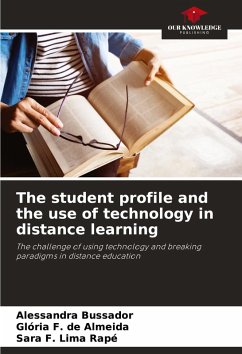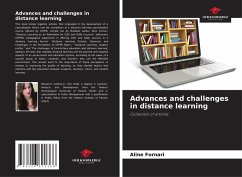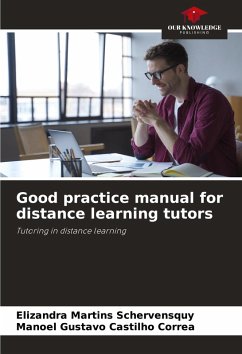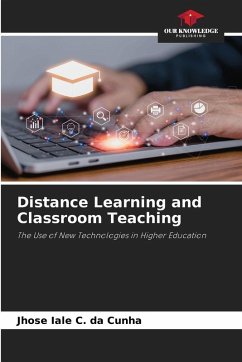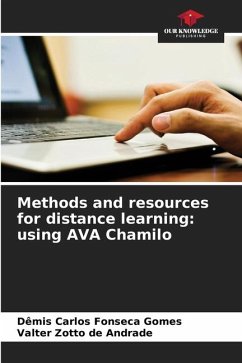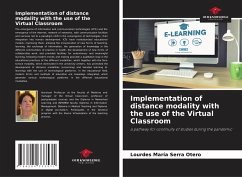
DISTANCE LEARNING AND EDUCATIONAL INCLUSION
Challenges and possibilities in distance learning
Versandkostenfrei!
Versandfertig in 6-10 Tagen
29,99 €
inkl. MwSt.

PAYBACK Punkte
15 °P sammeln!
Distance learning has emerged as a relevant educational alternative, especially in contexts of inclusion. This research analyzes the challenges and possibilities of distance learning in promoting the inclusion of students with disabilities, highlighting the barriers faced and the strategies adopted. The literature shows that, although distance learning offers flexibility and a wide reach, there are still difficulties linked to digital accessibility, infrastructure and teacher training. The lack of resources such as subtitles, audio descriptions and adaptive interfaces limits the participation ...
Distance learning has emerged as a relevant educational alternative, especially in contexts of inclusion. This research analyzes the challenges and possibilities of distance learning in promoting the inclusion of students with disabilities, highlighting the barriers faced and the strategies adopted. The literature shows that, although distance learning offers flexibility and a wide reach, there are still difficulties linked to digital accessibility, infrastructure and teacher training. The lack of resources such as subtitles, audio descriptions and adaptive interfaces limits the participation of these students. Inequality in access to the internet and devices accentuates the digital divide in peripheral regions and low-income populations. Strategies such as Universal Design for Learning (UDL) have the potential to make education more inclusive by offering different forms of representation, expression and engagement. The conclusion is that, for real inclusion, it is necessary to invest in public policies, digital accessibility, teacher training and curriculum adaptation.



